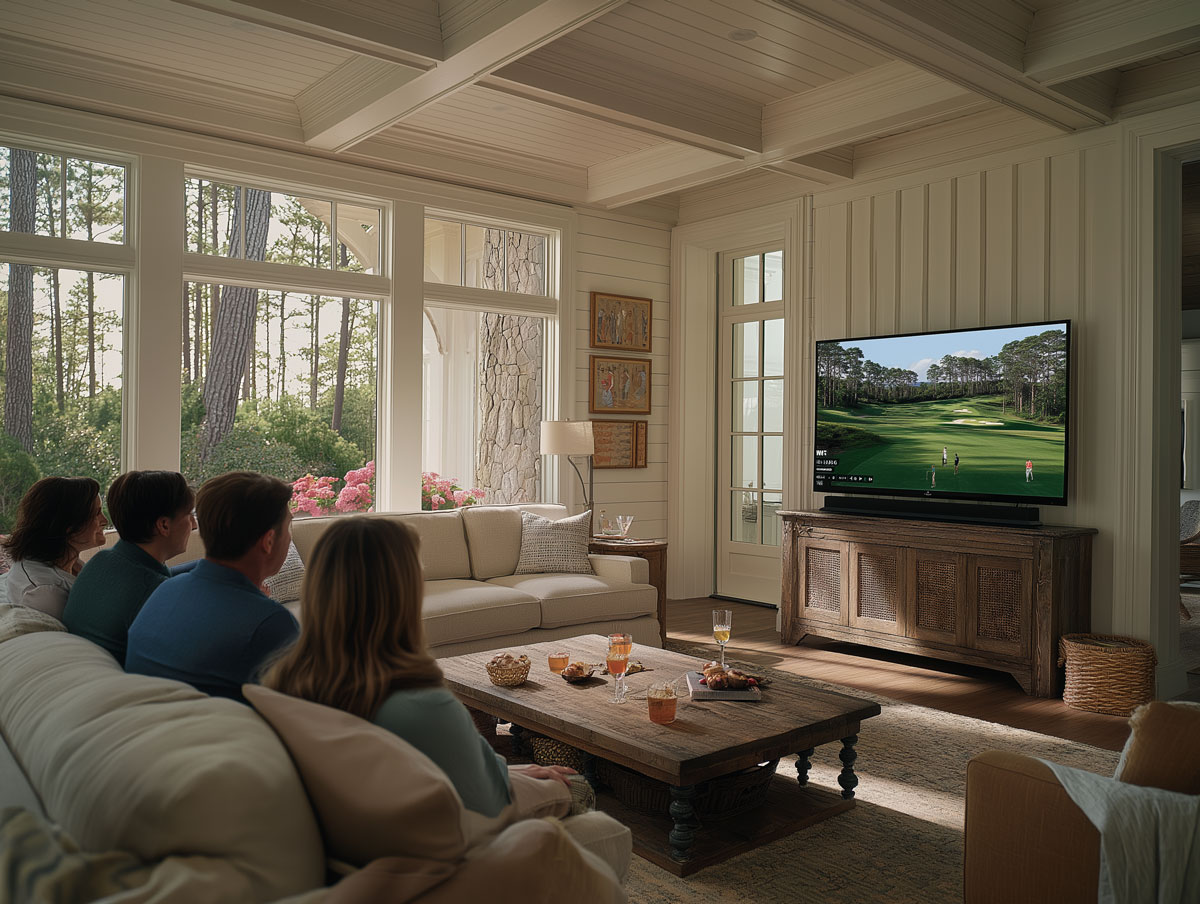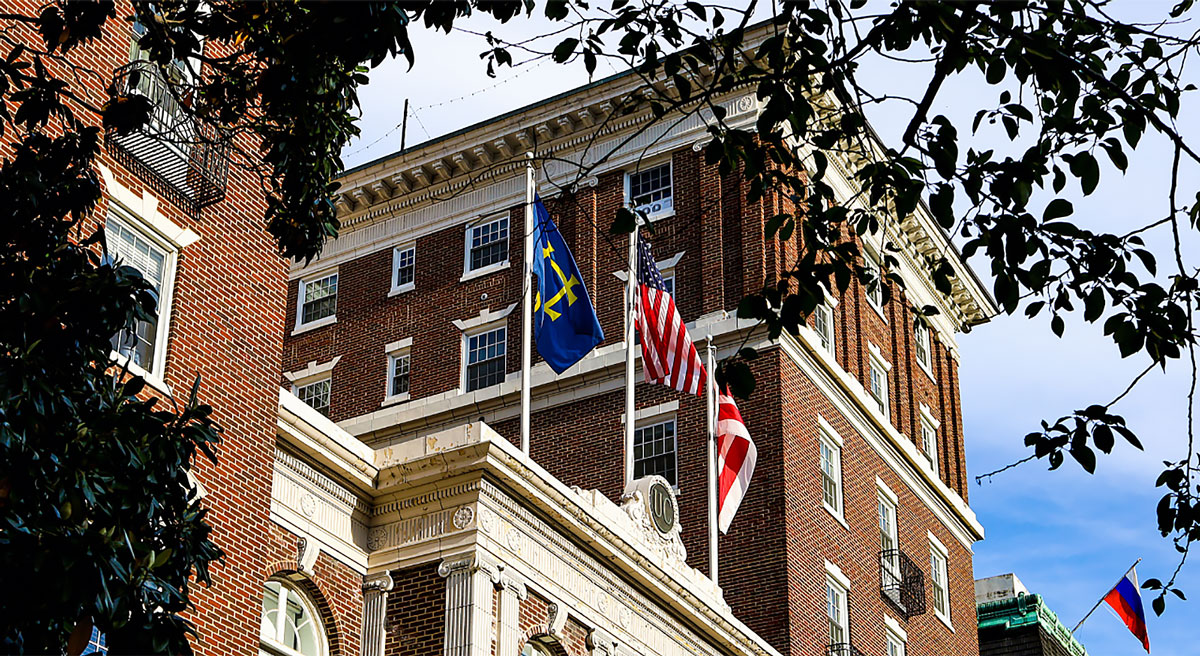Navigating the sophisticated terrain of Club Marketing with Google Ads requires a blend of finesse and strategic acumen to not only showcase a private club's exclusivity but also to safeguard its esteemed image in the digital realm.
While Google Ads has emerged as a powerful tool for reaching potential members, clubs must navigate the platform with a strategic and cautious approach to preserve their image and attract the right clientele. This article explores how private clubs can effectively use Google Ads while being mindful of their public perception.
Understanding the Nuances
Google Ads operates on a pay-per-click (PPC) model, allowing clubs to target potential members based on their search behavior and interests. However, indiscriminate advertising can dilute a club’s exclusive appeal. Clubs must therefore carefully consider how their ads are perceived by both their target audience and the public at large.
Targeting with Precision
Defining and understanding your target audience is crucial. Private clubs cater to niche markets, such as enthusiasts of golf, yachting, or fine dining. Google Ads’ demographic targeting enables ads to reach individuals based on specific criteria, such as location, age, or income. This precision ensures that ads resonate with a high-intent audience while minimizing exposure to those who may not align with the club's values or affordability.
Crafting the Right Message
The messaging in your ads must reflect the prestige and exclusivity of your club. While it’s important to highlight the unique experiences your club offers, it's equally crucial to convey these messages in a manner that underscores the club's selectiveness. This can help in maintaining a positive image and avoiding attracting the wrong crowd.
Keyword Selection: A Delicate Balance
Choosing the right keywords is fundamental to the success of any Google Ads campaign. For private clubs, this means selecting terms that not only attract interested parties but also reflect the club's exclusive nature. Incorporating keywords like “exclusive” or “premier” can help. Additionally, using negative keywords can prevent ads from appearing in searches that could attract undesired attention.
The Role of Landing Pages
Instead of directing ad traffic to a general homepage, use dedicated landing pages that match your ad's message. These pages should offer detailed information about membership and the club's unique benefits, emphasizing exclusivity and a personalized experience. This targeted approach can further filter prospects, ensuring that only genuinely interested individuals take the next steps.
Balancing Visibility and Discretion
While Google Ads offer unparalleled reach, striking a balance between visibility and discretion is key. Excessive advertising or broad targeting may lead to a perception that the club is desperately seeking members, which could tarnish its prestigious image. It's important for clubs to monitor their ad frequency and placement to maintain an air of exclusivity.
Monitoring, Adjusting, and Maintaining Image
Continuous monitoring and adjustment of your Google Ads campaign are vital. Pay close attention to how your ads are received and be prepared to tweak your approach based on feedback and performance metrics. This includes not only the technical aspects of PPC management but also assessing how your ads impact the club's image and appeal to your target audience.
Conclusion
Google Ads can be a powerful instrument in a private club’s marketing arsenal, but it must be wielded with care. A successful campaign requires a deep understanding of the club's audience, a strategic approach to messaging, and meticulous management of public perception. By adopting a cautious and targeted approach, private clubs can leverage Google Ads to attract the right members while preserving their exclusivity and prestigious reputation. The ultimate goal is not merely to increase membership numbers but to enrich the club's community with members who truly appreciate and uphold its values and traditions.








